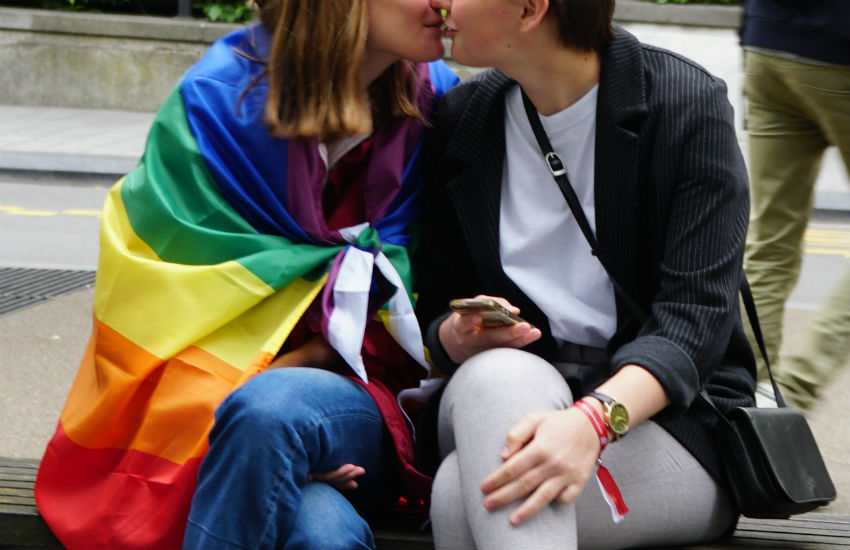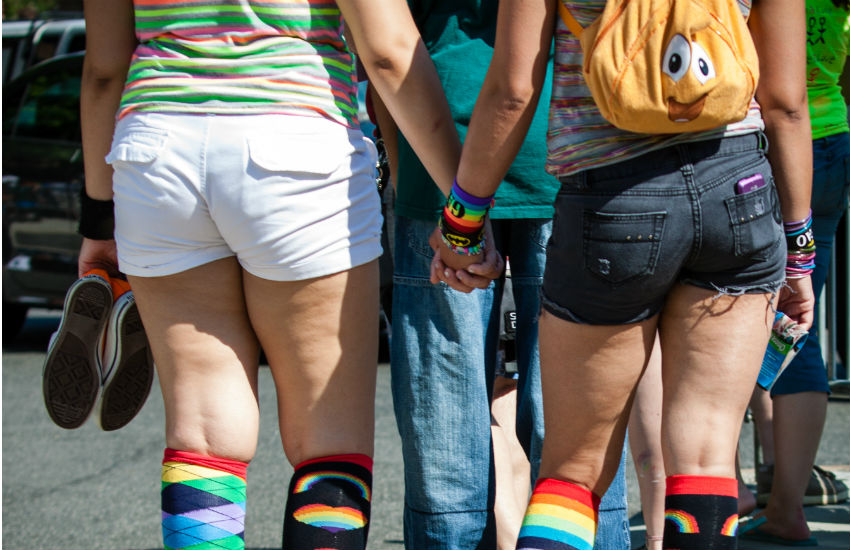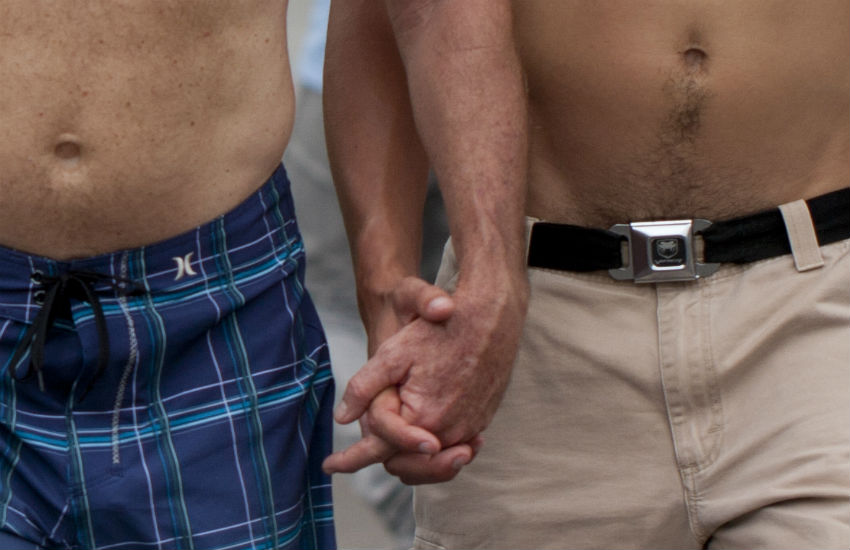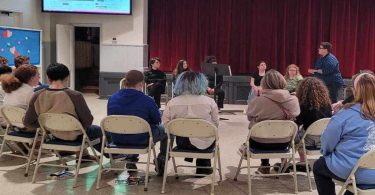Photo: Nathan Rupert / Flickr
The signs of domestic abuse aren’t always easy to identify.
There are many different types of domestic abuse and a few different types of people can perpetrate it. These include an intimate partner, ex-partner or family member.
The definition of domestic abuse classifies it as ‘any incident or pattern of incidents of controlling, coercive, threatening behaviour, violence or abuse between those aged 16 or over who are, or have been, intimate partners or family members regardless of gender or sexuality.
‘The abuse can encompass, but is not limited to psychological, physical, sexual, financial, emotional,’ it states.

Photo: Miguel Discart / Flickr
How do I know if I’m in an abusive relationship?
There is a difference from being in an unhealthy relationship and an abusive relationship.
Signs that you are in an abusive or violence situation with your partner or family member may include:
- Using your gender or sexuality as a basis for threats or harm.
- Hitting, shoving, grabbing, kicking, strangling or throwing things at you, or using other forms of physical violence.
- Threaten to harm you or others that you love, including children and pets.
- Making unwanted advances or forcing you into unwanted sexual contact.
- Damage your possessions.
Though some abusive or violent behavior might be more obvious to identify, other forms of abuse can be subtler but no less serious.
For example, ongoing psychological control and abuse – known as coercive control – has now been recognized in law as domestic abuse in the UK.

Photo: torbakhopper / Flickr
Domestic abuse: Warning signs
Some additional signs of being in an abusive relationship can include the following:
- Using your identity and/or lack of experience against you or threatening to ‘out’ you as LGBT+.
- Threats or intimidation, including making unreasonable demands on you and threatening you if you don’t comply.
- Isolating you from friends,family or community.
- Name calling, abuse and put downs.
- Unreasonably monitoring your day to day activities, including social media, checking where you are or stalking you.
- Financial control or taking control of your possessions.
- Threats made around your immigration status.
- Making threats to harm you or themselves if for instance you try to end the relationship or withdraw from family contact.
- Destruction of possessions – for example medication, clothing, documents.
Some of the above abuse can also be culturally specific; for example, forcing you into marriage, so-called ‘honour based violence’ and practices such as exorcisms.
This can be all in an attempt to control, ‘cure’ or ‘correct’ your sexuality or gender identity and/or avoid bringing ‘shame’ to your family or community.

Photo: ep_jhu / Flickr
What can you do if you are experiencing domestic abuse or know someone who’s experienced domestic abuse?
It’s never your fault if you are being abused, no matter what anyone else may say!
If an abusive incident or altercation occurs, you can call 999 and ask for the police or for the ambulance service. In an emergency, this is what we would recommend you do before contacting anyone else.
- In the UK, contact the National LGBT Domestic Abuse Helpline on 0800 999 5428 or 0300 999 5428 or the Galop website. The helpline can provide a chance to talk and can offer practical advice and emotional support.
- Talk to someone you trust – for instance a friend, relative, GP or work colleague.
- If someone opens up to you and they are experiencing abuse, listen to them, offer to support them by encouraging them to express their feelings, and allow them to make their own decisions.
- It’s your decision whether to leave an abusive relationship. If you do need to leave in a hurry, make sure to take valuable documents, e.g. ID, passport, work visa, bank cards, etc. Think about ways you can leave the home safely.
- If leaving is not an immediate option, think about some of the ways in which you can move towards a less-high-risk area of the home, in case an incident occurs. Think about which rooms where incidents are more likely to occur in, and how you might respond, including calling for help.
- Think about your phone and social media. Is the person(s) abusing you able to trace or contact you via social media? If so, you might need to think about security, e.g. changing passwords, blocking location, etc.
Peter Kelley is the Services Manager at Galop – the UK’s leading domestic abuse charity for LGBTI people.
–––
Need help?
If you are experiencing any signs of domestic abuse, remember – you’re not alone.
Are you in the US? Contact The Anti-Violence Project hotline: 1-212-714-1141.
Are you in the UK? Contact Galop, who run the National LGBT Domestic Abuse Helpline: 0800 999 5428
Or see our list of global support services for LGBTI people, in alphabetical order.
If you want to share your story of domestic abuse, please contact James Besanvalle or Joe Morgan.







